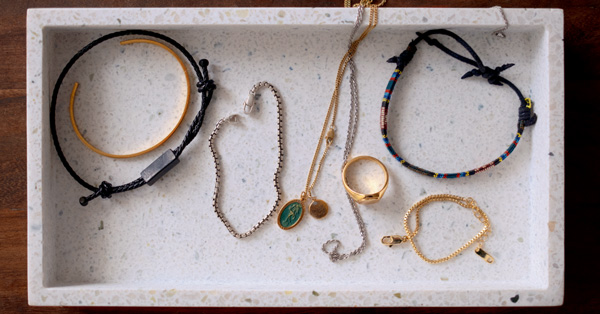Most men know how to buy pants. Some even know how to choose whiskey, which for some reason feels easier. Yet when it comes to scent, they either ignore it completely or approach it like someone trying to guess a password: hurried, vaguely ashamed, and absolutely incorrect.
Smell is part of your personal style whether you’ve chosen it or not. The scent of fresh laundry, the lingering effect of your morning coffee on your breath, and the remnants of last night’s backyard-grilled-ribeye all accompany you. With intention, fragrance becomes something else entirely. Like polished shoes or standing up straight, it doesn't garner applause, but it’s noticeable when missing.
Men call it simply “cologne.” That word covers a lot, and most of it isn’t helpful, and partially inaccurate. Scent is expansive. And when used properly, it refines everything else regarding your presence, like holding eye contact for just the right amount of time.
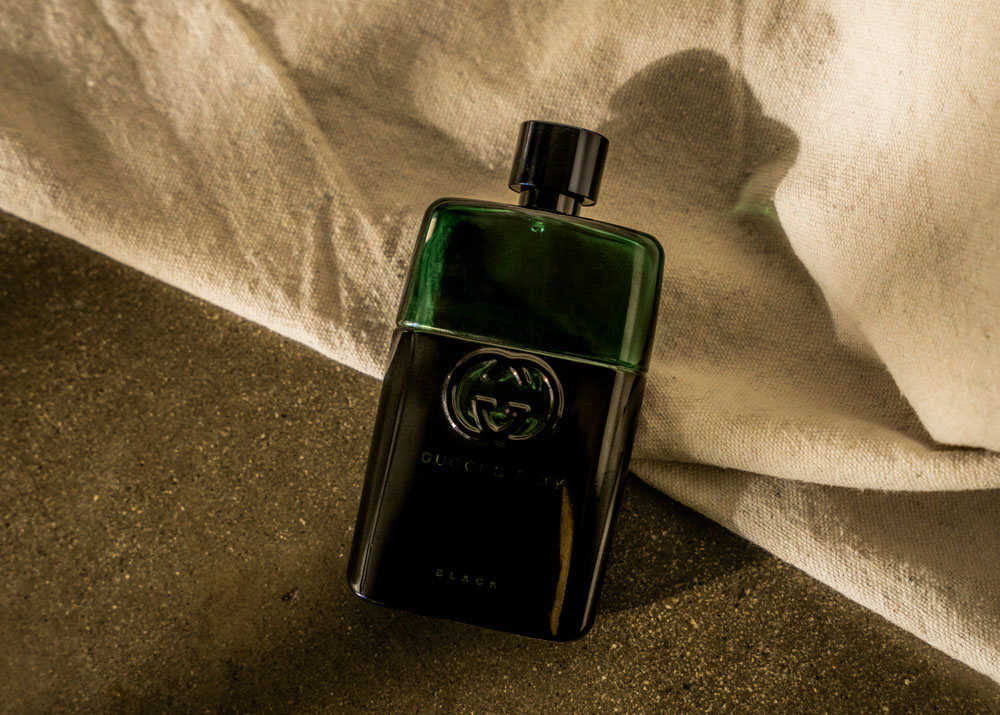
Fragrance Basics: Dilution, Concentration, and Cost
(Or, Why Your Nose Should Never Tingle)
Fragrance is a cocktail of aromatic compounds, alcohol, and occasionally water. The “concentrate,” if left undiluted, would sear your nostrils and possibly melt your furniture. That’s why perfumers blend in alcohol: so you can wear a scent without losing friends, your security deposit, or your sense of smell.
Concentration is the secret lever behind strength, longevity, and price. Some ingredients, like oudh or iris butter, are so costly they might as well come with a credit check. Citrus oils sit at the other end. A skilled perfumer knows how to balance rare naturals with crisp synthetics, so the final product doesn’t remind anyone of chemistry class or accidentally cleaning the counter with lemon floor cleaner.
Projection is what people notice when you stand still: how far your scent radiates before anyone even sees your tie. Sillage (rhymes with “massage”) is the wake you leave behind as you move, the subtle whiff as you walk by in the hallway. Neither should crash a dinner party or get you a warning at the office.
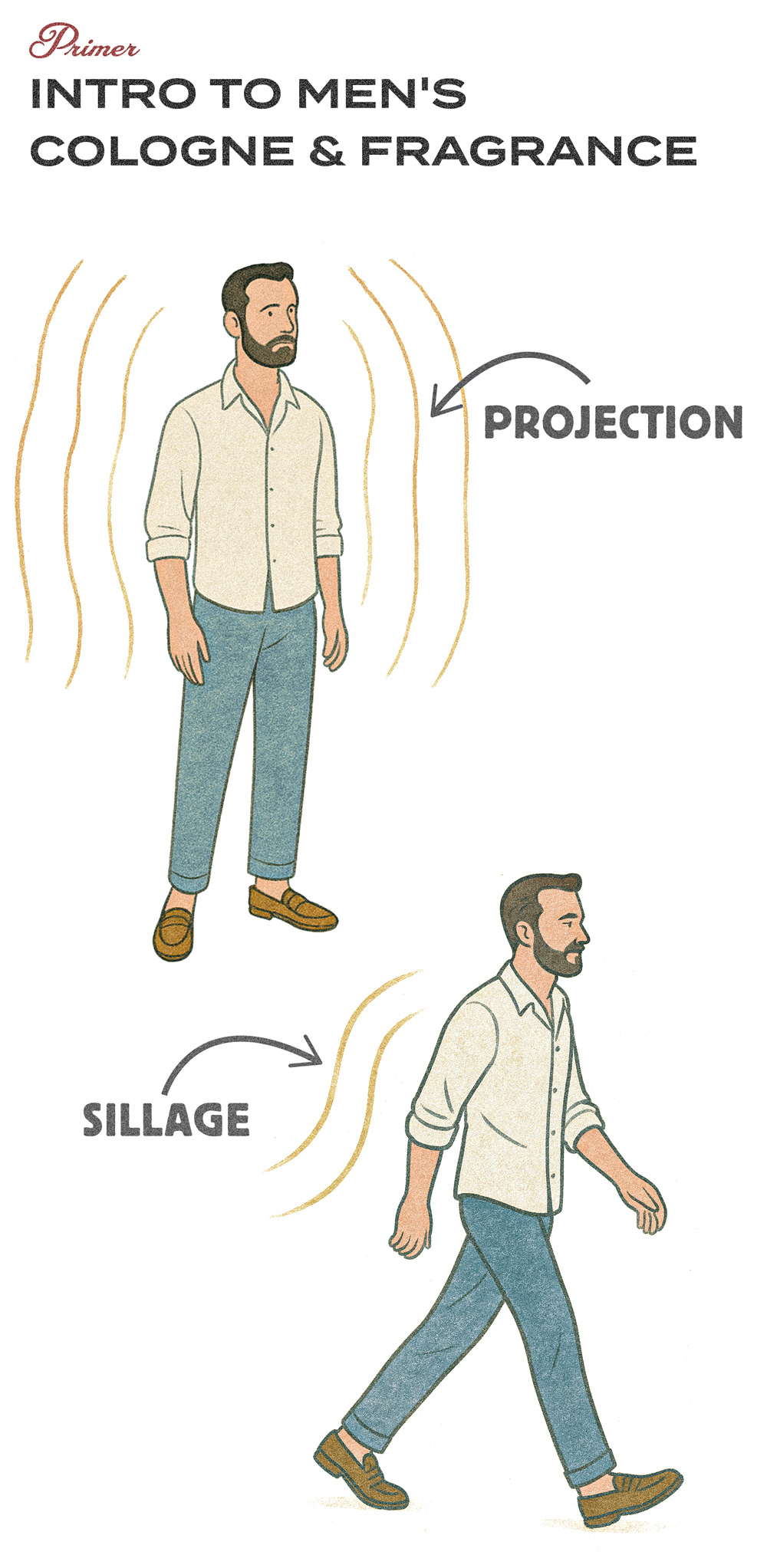
As practical matters go, the ratio of concentrate to alcohol is more than just a number on the label. It decides how boldly your scent steps out into the world and how long it hangs around after you’ve left. This is where projection and sillage show up. Higher concentration means richer scent, more hours on skin, and usually a little more “hello” when you walk in. Lower concentration leans fresher and lighter, fading sooner, rarely announcing itself past arm’s length.
Get the concentration right and your scent will work for you exactly as your clothes: contributing to the overall experience but not distracting. You want someone to tell you that you smell nice in the same way you'd want someone complimenting a piece of your outfit: because it's noticeable and refined, not unavoidable.
Fragrance, when done right, requires restraint. Projection, sillage, and longevity are adjustable settings, not a moral stance. The goal isn’t to dominate the room. The goal is to be smelled without being… discussed. No one wants to hear, “Someone’s wearing cologne,” in that flat office voice that means they’re not really curious, just annoyed.
Fragrance Categories by Concentration
A quick note before the breakdown: Concentration doesn’t necessarily equal quality. It simply refers to how much fragrance oil is in the mix compared to alcohol or water. Higher concentration means stronger presence and longer wear, not necessarily “better.” Many men’s fragrances are only offered as an Eau de Toilette or Eau de Parfum, and that doesn’t make them less refined. It's a bit like confusing a whiskey with the highest ethanol content as “the best”.
Concentration is not just about strength. Because different notes evaporate at different speeds, the concentration changes how a fragrance actually smells on your skin. A woody amber in parfum may feel dense and resinous, while the eau de toilette version of the same scent might highlight the citrus opening and read fresher.
If you find a scent you like wears off quickly, moving up to a higher concentration may be the answer. It's also possible a scent you like is so strong it becomes annoying to keep smelling on yourself after an hour.
With that in mind, here’s how each concentration typically behaves in practice:
Perfume / Parfum (20–30% essence)
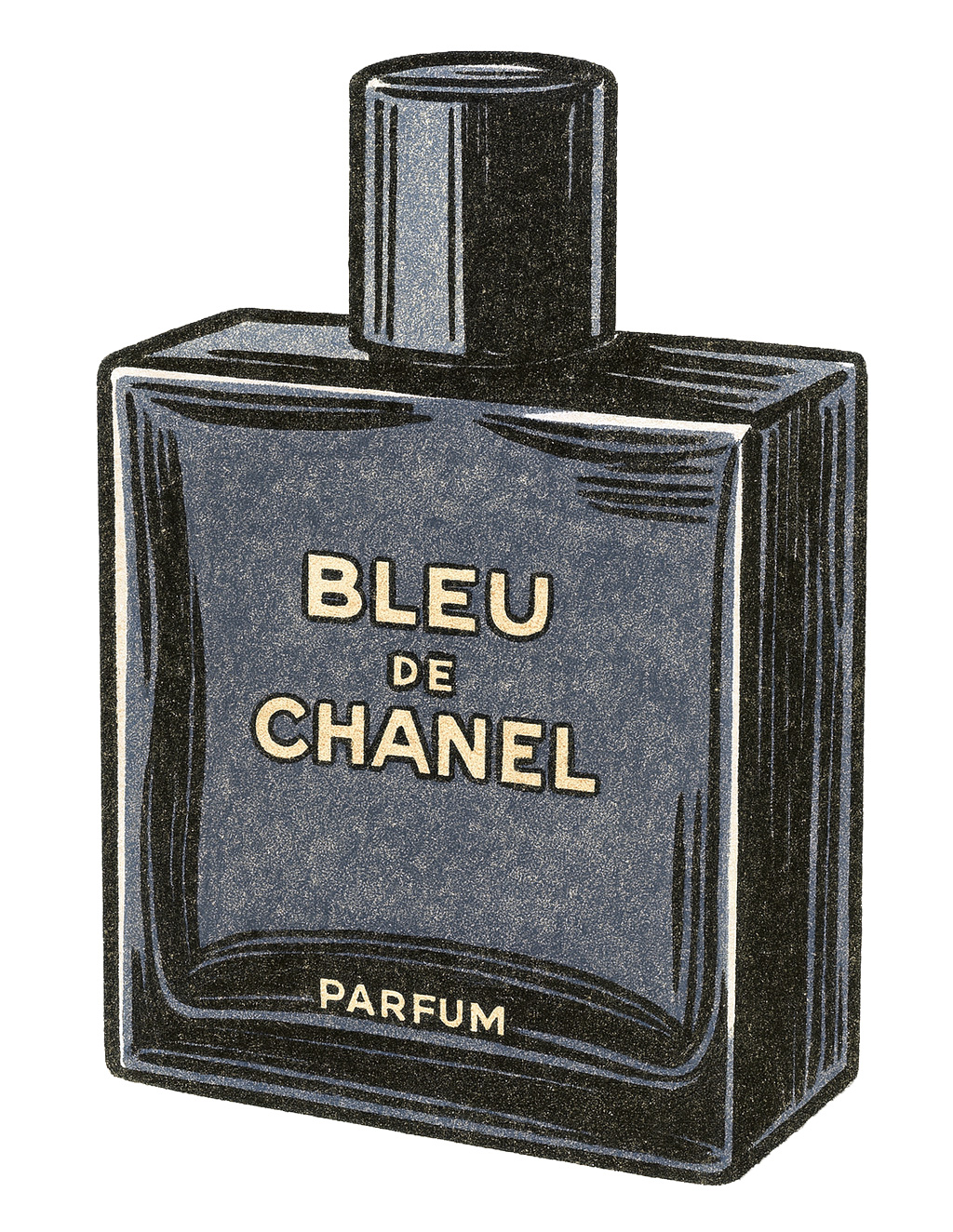
The most concentrated, longest-lasting option. It clings to skin for 12 to 24 hours, sometimes more. Wear it carefully. It suits men who enjoy depth and richness. It is the most expensive concentration and not all men's fragrances are offered as parfum. Experiment with using less than you're used to. Half a spritz to start.
Eau de Parfum (EDP) (15–20% essence)
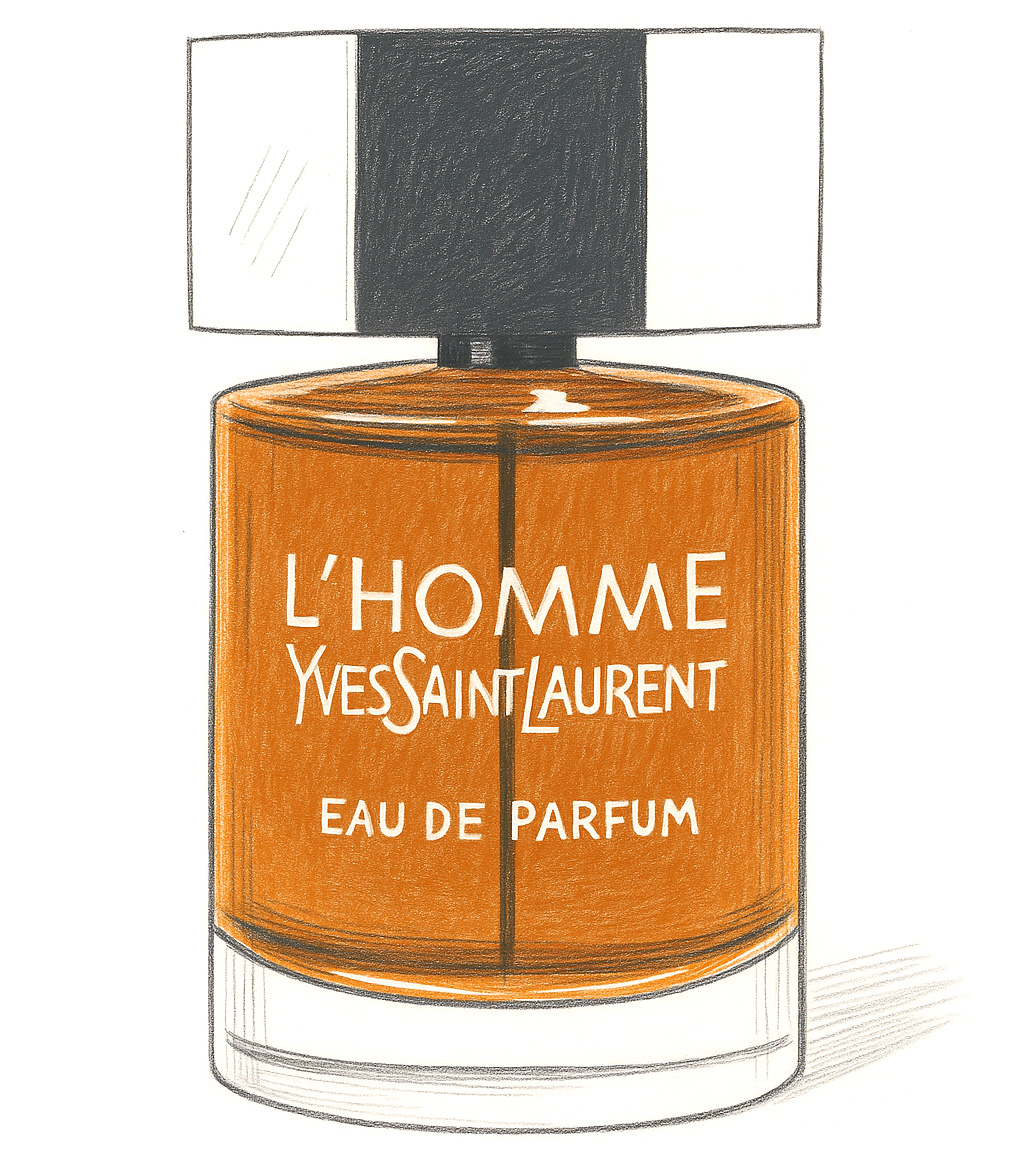
Usually lasts 5 to 8 hours. This is where many modern fragrances sit because it offers a balance: enough depth to be interesting without becoming overwhelming. When people talk about a fragrance with character, they’re often describing an EDP. Also half a spritz to start until you dial it in with how it works on your body.
Eau de Toilette (EDT) (5–15% essence)
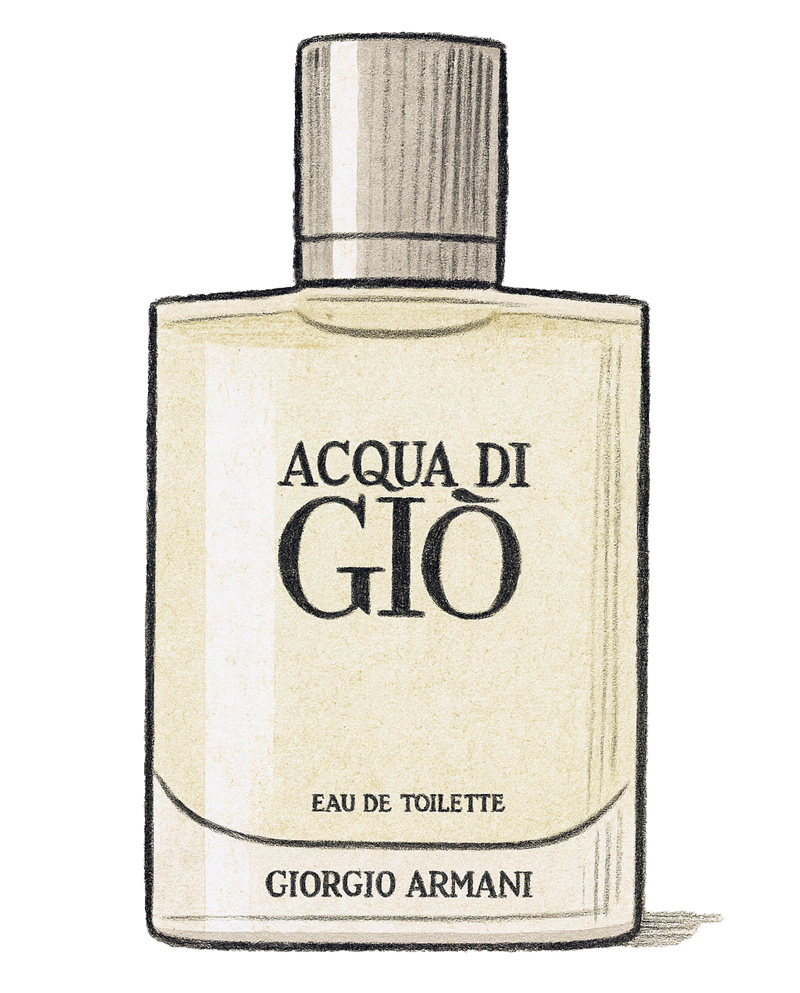
It typically lasts about 3 to 5 hours, which makes it lighter and easier to wear in everyday life. This is where most men’s fragrances live, from long-established classics like Acqua di Gio and Drakkar Noir to modern staples such as Dior Sauvage. EDTs are the most common format not because they’re “lesser” but because they present enough to be noticed in close company, subtle enough to reapply without overwhelming anyone. For many men, especially those buying one bottle they expect to use regularly, EDT is the natural fit.
Eau de Cologne (EDC) (2–4% essence)
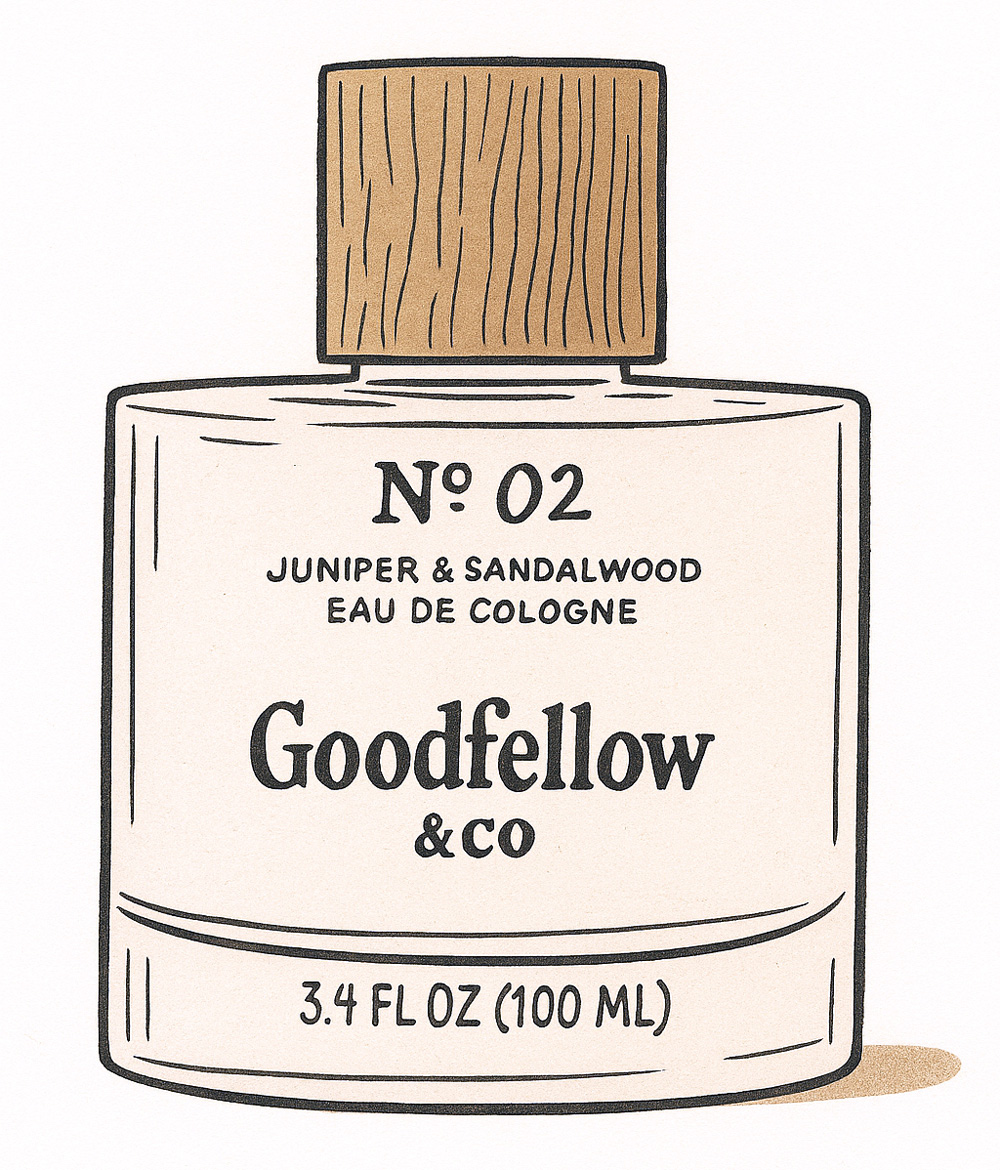
Bright, quick, and often citrus-forward, with a lifespan of about two hours. Useful for a refresh, but rarely the one fragrance a man keeps on his shelf. Historically important, but today often more of a side character.
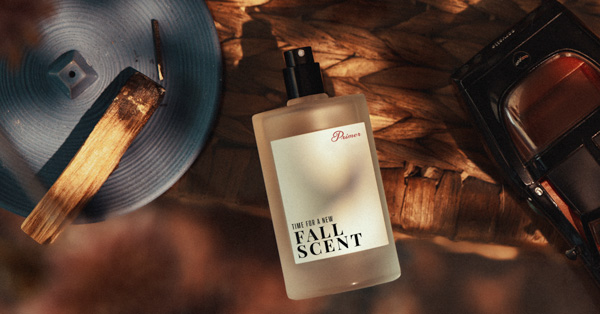
How Not to End Up With a Bottle You Hate by Next Tuesday: Buying and Sampling Strategy
Men rush into full bottles the way I rush into buying groceries when hungry, with appetite and regret. Sampling changes the odds. There are discovery sets (pre-curated sample collections that come with a coupon for a full bottle), “decant” services that split bottles into five to ten milliliter vials, and boutiques that will happily spray until you look dazed.
Pro tip from a guy who once panic-bought a celebrity scent at a duty free: start with a sample, wear it through a normal day, and only commit if it keeps behaving politely.
The best way to try a scent is to head to a store and use their paper testers first. Then, when you find one you like, spray a small amount directly on your skin, such as your neck or wrists. Notice how you feel about it over the next few hours. Does it evolve in a way you like? Can you still smell it after an hour?
If you must buy sight unseen, buy small.
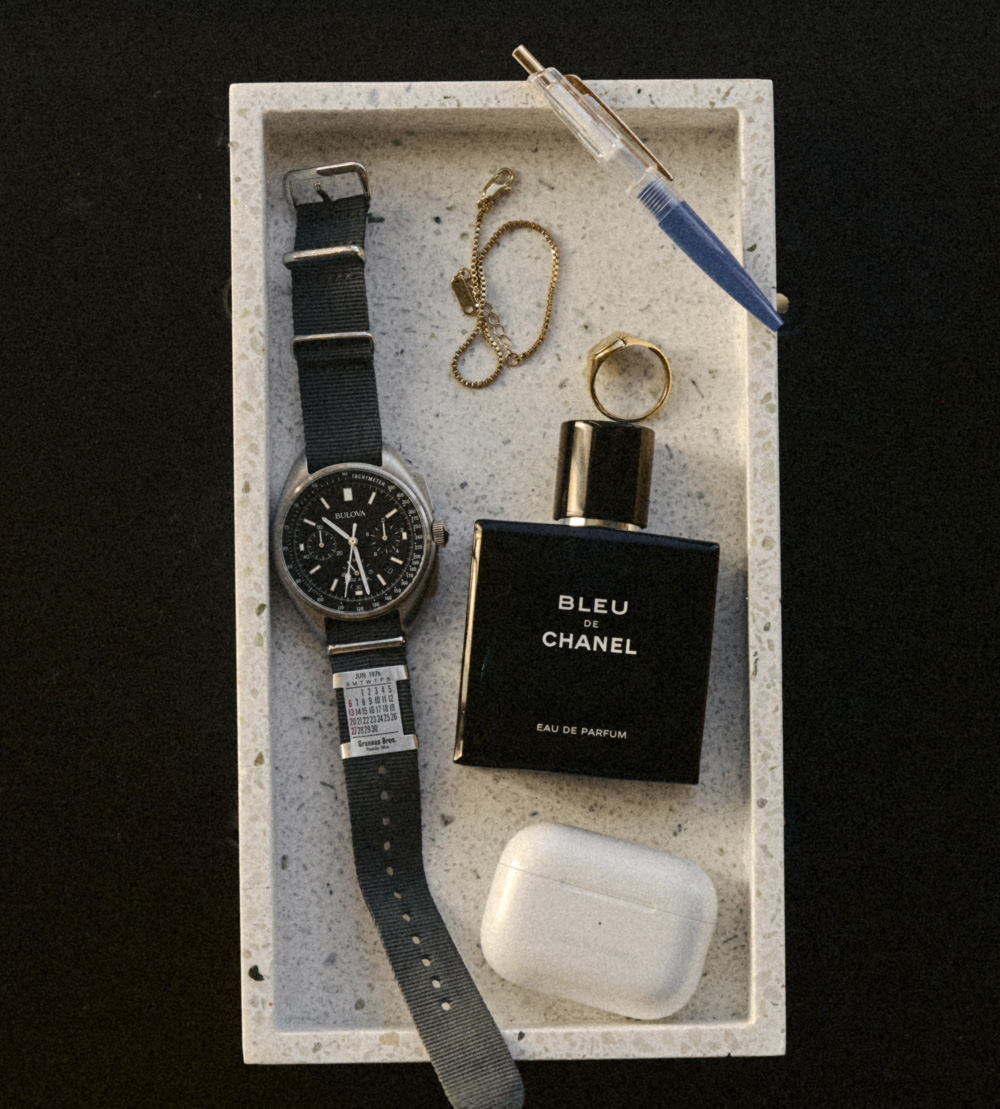
Men's Fragrance Price Buckets and Value Heuristics
(Or, Why Smaller Is Smarter)
Fragrance comes in a handful of standard sizes:
- 30 ml (about 1 oz): travel size, easy to finish and replace
- 50 ml (about 1.7 oz): the balanced choice, lasts long enough without overstaying its welcome
- 100 ml (about 3.4 oz): the “full size,” a commitment that rarely pays off
- 200 ml (about 6.8 oz): enough to supply a small army or scent a walk-in closet
Like most things, larger bottles almost always have a lower cost per milliliter, and brands want you to notice. It’s designed to make the smaller bottle feel like a ripoff. Here’s the catch: that savings only matters if you actually finish the bottle before you get bored or the scent loses its punch.
Most men don’t. The big bottle gets sidelined for something new, sits half-used, and eventually fades in strength, along with your supposed “savings.” The value bias tricks you into buying more than you should which ≠ a good value.
I’ve yet to regret a 50 ml bottle, even with a higher per ml price. I actually find the prices for this size to feel more appropriate for what I want to pay for smelly water than the larger sizes anyhow. Running out is a decision point, not a waste. Better to buy what you’ll finish than to let a bigger bottle become background clutter.
→ Fragrance for the home: 7 Budget Scents to Upgrade Your Space and Routine That Smell Premium Without Breaking the Bank
The Fragrance Pyramid: How Scent Evolves Over Time
(Or, Fragrance is Like Lasagna or Criticism: Layers Matter)
- Top notes: what you smell first. Citrus, herbs. These fade fast.
- Heart notes: florals, spices, greenery. This is what most people smell on you.
- Base notes: woods, musks, resins. The long goodbye.
The final phase is known as the drydown. It's how the whole thing settles after the top and heart notes fade. It's the story you end up with, representing the true character of the fragrance. Everyone’s skin tells it a little differently.
Counterfeits and Authenticity Checks
(Or, “I thought Aqua DiGiorno sounded wrong”)
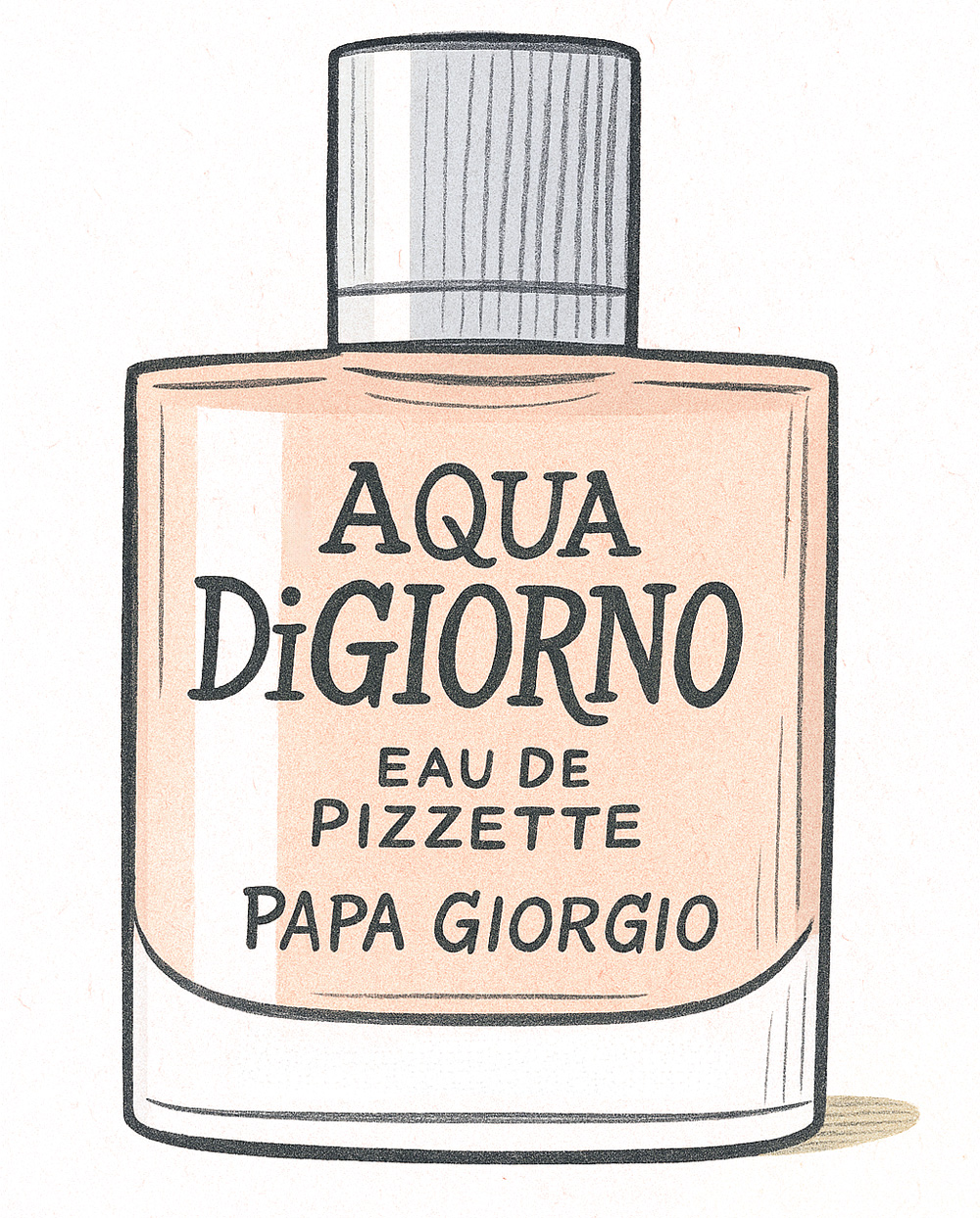
Luxury makes counterfeiters busy. Quick checks matter: buy from authorized retailers, notice prices that feel too generous, and when in doubt buy directly from the brand. Counterfeits can smell off or irritate skin, so the small extra cost for authenticity is not vanity, it is sanity.
Decanting, Travel, and Bottle Care
For travel, small atomizer decants are indispensable, they fit a dopp kit and reduce anxiety about losing a favorite bottle. When bottles sit half empty, oxidation accelerates, changing the scent; transfer the remainder into smaller dark glass vials to limit air exposure if you intend to keep it long term. Keep caps tight, store bottles in a cool dark drawer or original box, skip bathroom shelves with steam.
Closing Thoughts
Scent finishes what your wardrobe starts. It’s not loud. It’s not showy. But it’s a detail that tells people you’ve thought this through.
Test on skin. Wait for the drydown. Apply less than you want. And over time, like jewelry or your clothes, find the few bottles that smell like you.
Dive deeper:


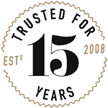
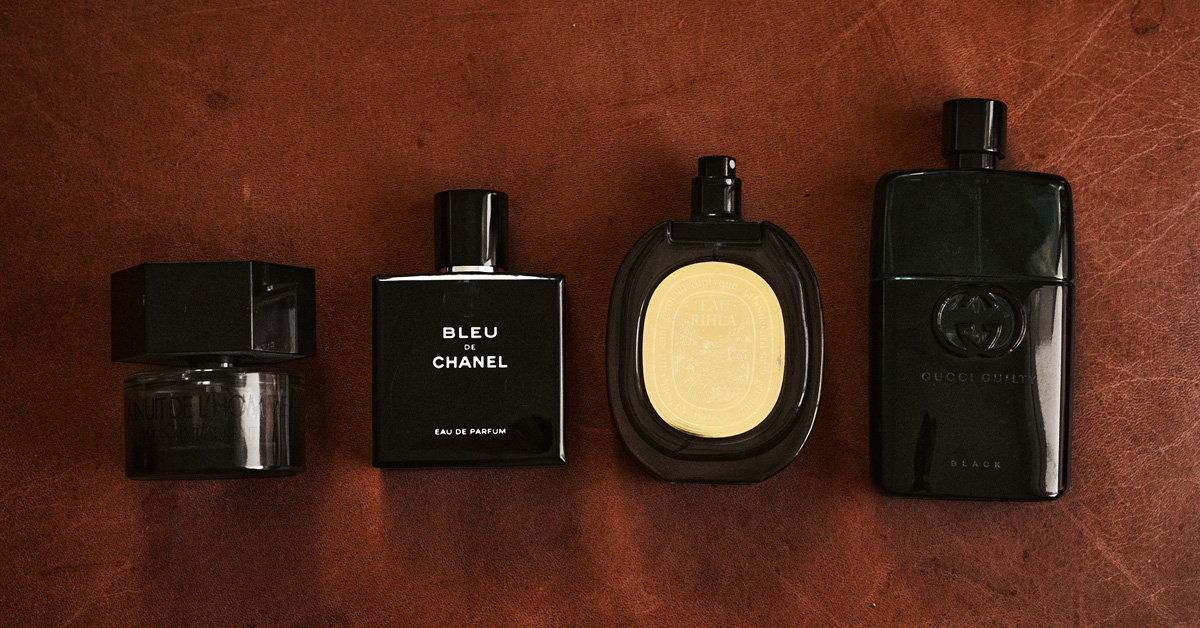


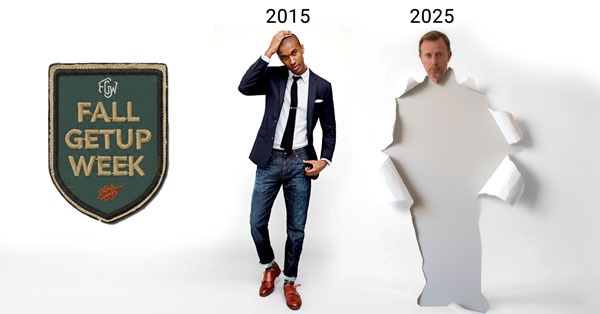
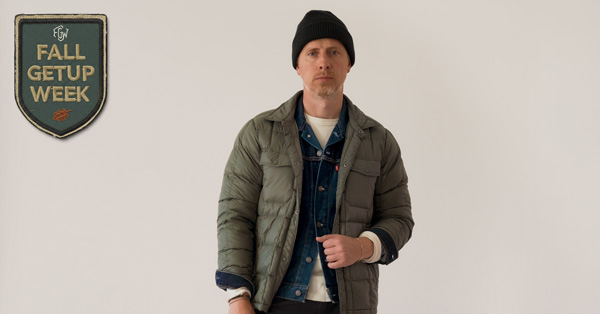
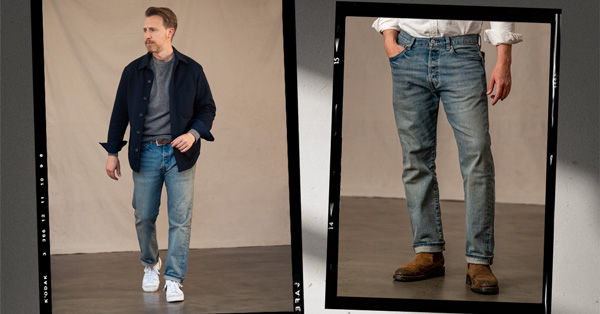

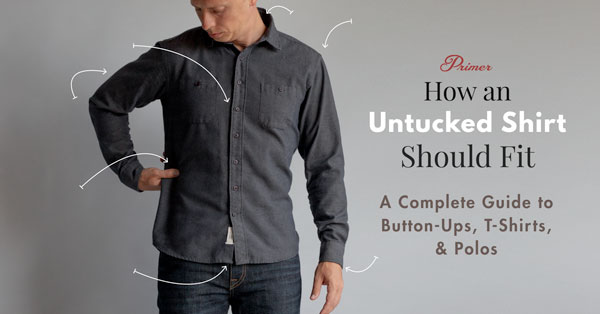
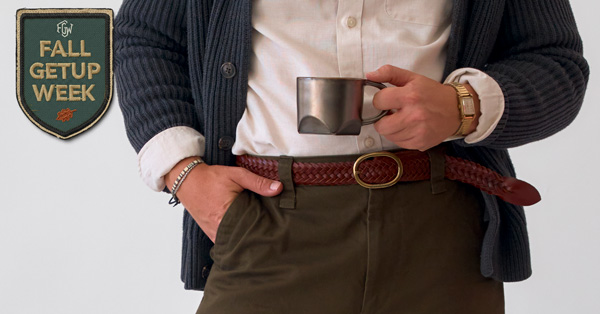
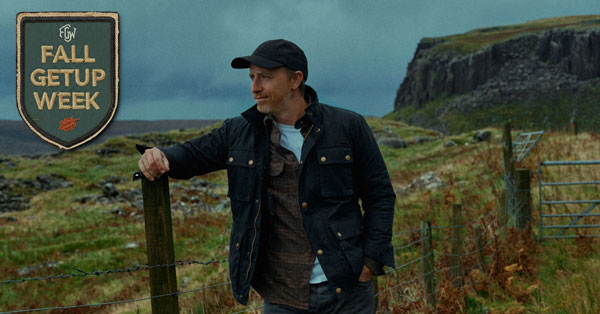
![Types of Jackets: An Encyclopedic Guide to Finding Your Perfect Style + How to Wear Them [28 Styles]](https://www.primermagazine.com/wp-content/uploads/2025/10/jacket-types_feature.jpg)

